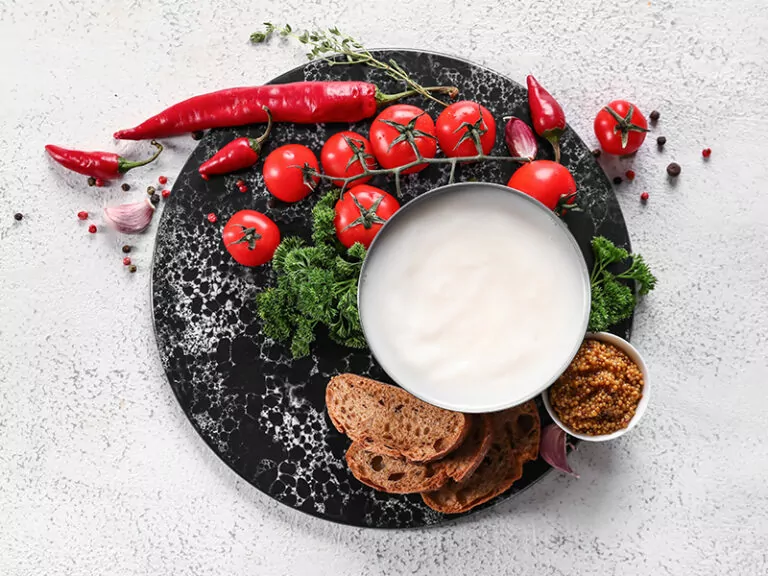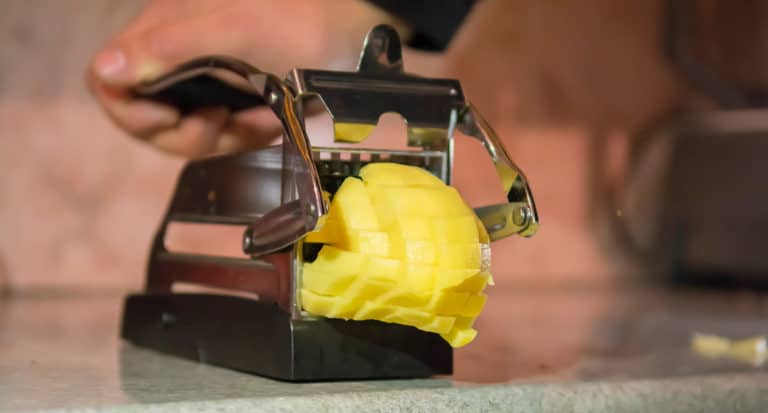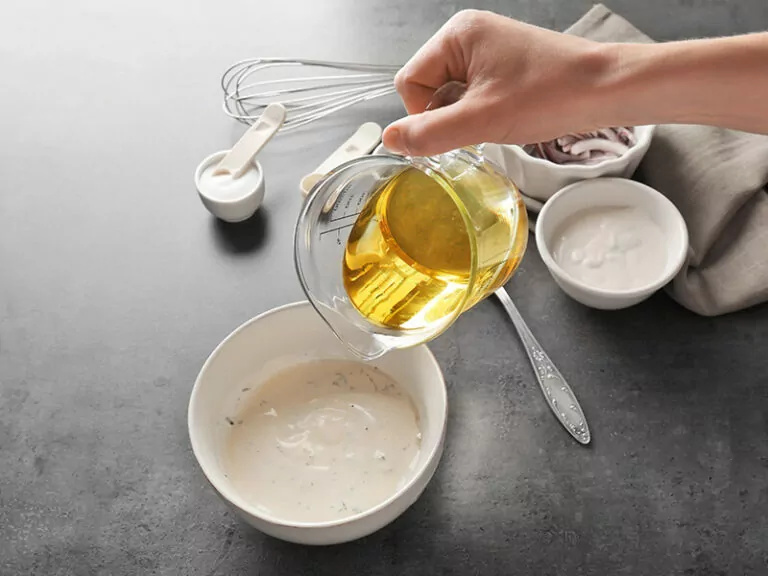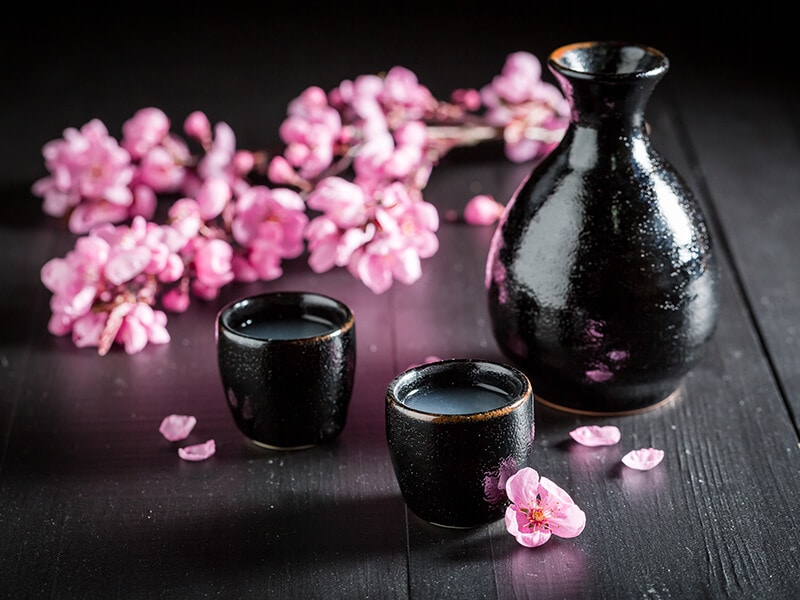
Does sake go bad? If this question is wandering in your head since you find a sake bottle left in the pantry, you have reached the right place! This article will answer this question for you with some additional information that can help you a lot to deal with your sake!
Sake is a type of wine from Japan, so it’s usual that some of you, who may not be Japanese, do not know much about its shelf life or how to identify that it is spoiled. Don’t worry, this post is here to help! Keep on reading it and you can find yourself some interesting ideas!
There’s Something You Should Know About Sake
Sake, as known as nihonshu, is usually called Japanese rice wine since it is from Japan and is made of fermented rice. Sake is basically not wine, because it is brewed like beer, but it does look and taste like wine, so it’s no problem that people call it rice wine.
This Japanese sake does not include an aging culture like many other wines. The earlier you drink it, the better its aftertaste is on your tongue. Sake is made by infusing the rice with a mold called koji, then using yeast to turn the carbohydrates in the rice into alcohol.
To identify types of sake, search carefully for some keywords on the label. You may find it difficult since the packaging is often filled with Japanese. If it includes the word “nama,” the sake is unpasteurized. “Nigori” means that your sake has been unfiltered. (1)
Although it is native to Japan, sake is easy to find in the liquor area of any supermarket, especially Asian ones. It’s worth a try if you’re sick of drinking too much red wine!
Want to make some sake right at your home? Here’s how!
The Precise Shelf Life Of Sake
Sake doesn’t age, but that doesn’t mean it can’t go bad. The quality and potency of sake may degrade over time.
Most sake bottles don’t have expiration or “best before” dates on their labels. It’s more likely that you’ll find the date sake is bottled, which is the production date. Therefore, it’s hard to know when your sake will go bad.
But don’t worry, the table below will briefly show you the shelf life of fermented sake and unpasteurized sake. Take a look at it!
Fermented Sake
Unopened sake can be kept in the pantry at room temperature for a quite long time. It can last for some more years, but I recommend that you use it for 2 years for the best quality. For more than 2 years, you can still consume the sake, but its taste may be off.
Once opened, the sake should be stored in the fridge and used within no more than 4 weeks. The sake that is exposed to the air will degrade much sooner than the unopened one. So be careful to store it considerably.
Unpasteurized Sake
The namazake is unpasteurized sake that is likely to get spoiled quicker than fermented sake. The unopened one can only last for 6 months in the fridge, not years like the usual type of sake.
Once the bottle is opened, the sake should be used within one day to make sure that you can drink the best unpasteurized sake. If you can’t, store it tightly sealed in the fridge for no more than 2 weeks.
Let’s distinguish types of sake with this brief but useful video!
The Proper Methods To Store Your Sake
Storing sake properly is a great way to extend the shelf life of sake to its limitation. It’s not that hard to learn how to preserve sake, you just need to note down some following ideas.
Unopened Sake
The unopened nihonshu can be stored as normal wine, which is at a cool, dry and dark place. Always keep it away from the heat sources like sunlight and moisture. The ideal temperature should stay around 68oF, which will be perfect for most kinds of sake.
However, unopened namazake (unpasteurized sake) should only be stored in the refrigerator since it gets spoiled easier. It usually sits at the refrigerated section in a store, so you should also store them at a chilled temperature, too.
Opened Sake
Once you open the sake bottle, both fermented or unpasteurized, everything changes. When the sake touches the air, it tends to go bad quicker than before. Therefore, when you’re done serving it, remember to seal the bottle tightly and always store it in the refrigerator!
The unpasteurized sake must always be refrigerated after opening. If it is left outside for just 2 hours, it’ll start to get spoiled immediately! The best temperature for opened sake is 41 to 43oF. If you can’t guarantee this range, just try to keep it under 60oF.
Sake should not be stored in the freezer, since sake has a higher alcohol content than wine, so it will be frozen soon within 2 hours. Frozen sake may still be drinkable, but the original taste won’t be there anymore, due to the sudden change of temperature.

The shelf life of sake depends mostly on how you store it, so try your best to keep it in the best storing conditions! It’s not that hard, isn’t it?
Signs To Identify Whether Your Sake Is Bad
The sake won’t go off that fast if you store it properly, but what if you completely forget about it, and that it has been left in the fridge for too long? There are some specific signs telling that your sake may get spoiled and need to be discarded!
Appearance
The sake is normally clear and clean. If it gets rotten, the color may turn yellowish showing that the oxidation makes an impact on the alcohol. You can pour them out to observe closer, if it includes some unpleasant floating particles, it may go bad and start to fall apart.
Smell
Open your sake bottle and take a sniff test! Any unpleasant smell such as pungent, burnt, sour smell can be the result of spoiled sake. If you can smell something unusual, its quality may degrade and you should not drink it anymore.
Taste
If your sake passes those two tests with no suspicious signs, then it’s time for you to taste it. Just pour out a really small amount which is enough to slightly check the flavor. If the taste is off, or something awful, just get rid of it right away!
Amazing Ideas To Deal With Your Old Sake
As I mentioned, sake doesn’t age for a long time and the leftover sake can be reused for many purposes. Read on to see what they are!
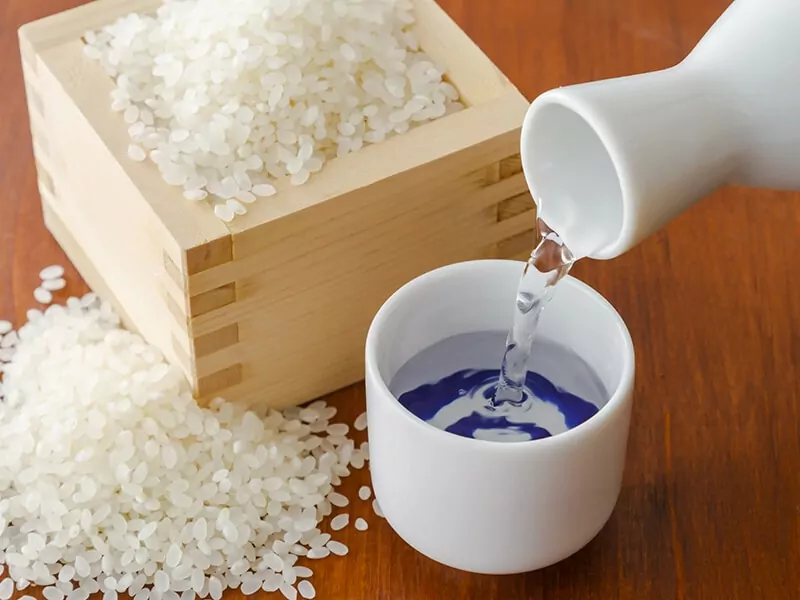
Cook Rice
Cooking rice with sake is a good idea to use up your old sake! Before hitting the “Cook” button, pour 1 or 2 tablespoons of sake into your rice mixture. You can also add sake into old rice that is about to be thawed in a microwave.
The outcome will amaze you! The rice will become shiny and plump with a tastier flavor than just cooking with plain water. Of course, spoiled sake is not applied here, so if you observe some suspicious signs of sake, don’t use it to cook the rice!
Cook With Other Foods
Sake can play the role of a seasoning that helps enhance and balance out the taste of many dishes. It also consists of the softening effect that makes other ingredients softer and more delicious.
You can add some sake with a tablespoon or two in fish-based soups or pork stews during the cooking process. It can help boost the overpowering taste of the main ingredients inside a dish. It’s an effective seasoning giving the umami taste, so try!
Sake Bath And Beauty Products
Have you ever thought of soaking yourself in sake, just like beer? A crazy yet amazing idea, huh? If you have a lot of old sake, make use of it by pouring all of it into your bathtub and sinking your body in.
Sake is made of rice and many additives, including amino acids, that can help brighten and soften your skin! How cool is that? The pleasant smell of sake is also a relaxation treatment that keeps your mind awake!
You can also make some handmade beauty products from the old sake, such as lotion or face and body masks. Using these products from sake, your skin will be healed with natural minerals that are excellent for beauty!
4 Cool Tips To Drink Sake Like A Japanese
Do you know how to drink sake properly? It is a traditional drink of the Japanese, so it’s more interesting to consume sake the way the Japanese do! Are you curious? Let’s explore!
Don’t Drink Sake In Shots
In Japan, sake is usually served in very small drinking cups called “guinomi.” You should not drink sake as you drink tequila shots. The effect of the drink may not work if you drink in one shot. It is more suitable to be sipped just like how you drink tea or fine wine!
Try Both Hot And Cold Sake
Sake is often served warm or even hot, but it is also really good to drink cold or chilled. Sake is such a versatile drink that you can enjoy at any temperature you want. The taste may also change! Want to experience different sake? Try it at a different temperature!
Drink Sake While Having Appetizers
Sake is perfect to have a sip with some sushi options such as sashimi. Drinking sake with appetizers before getting to main dishes is one of the best ways to enjoy sake. It can bring out some missing flavors of the dish that you might not even expect!
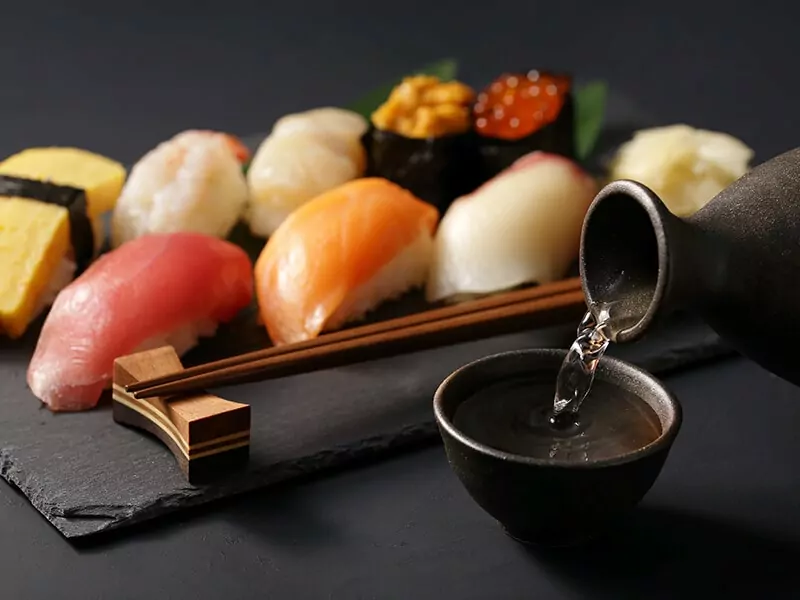
You Should Not Serve Yourself
This is a very interesting point in the drinking culture of some Asian countries, especially Japan and Korea. If you are drinking with someone else, don’t just serve yourself, but pour the sake for the others. This shows that you respect them, at least in Japanese culture.
Do you find these facts about drinking sake fascinating? For the next time having it in a meal, try these if you want to drink sake as Japanese-like as you can!
Learn more about the ways Japanese drink their traditional sake! Watch this video:
FAQs
Here comes the Q&A section! Some of you may still be confused about sake and need some more explanations. I have collected some frequently asked questions that you guys may be curious about, with brief answers. Hope you enjoy it!
So, What Will You Do With Your Current Sake?
Do you know what to do with your sake now? Test it if you suspect that it has been staying for too long in your pantry and getting spoiled. With some helpful tips to identify whether the sake goes bad or not, I hope that you can find something helpful for yourself!
You can always leave some words for me under this post so that I can see your concerns and questions. I will try my best to reply to you all! Don’t forget to hit the like button and share it with your friends if you believe that this post can help them!
References
- En.wikipedia.org. 2021. Sake – Wikipedia. [online] Available at: <https://en.wikipedia.org/wiki/Sake>.
- Mayo Clinic. 2021. Food poisoning – Symptoms and causes. [online] Available at: <https://www.mayoclinic.org/diseases-conditions/food-poisoning/symptoms-causes/syc-20356230>.

